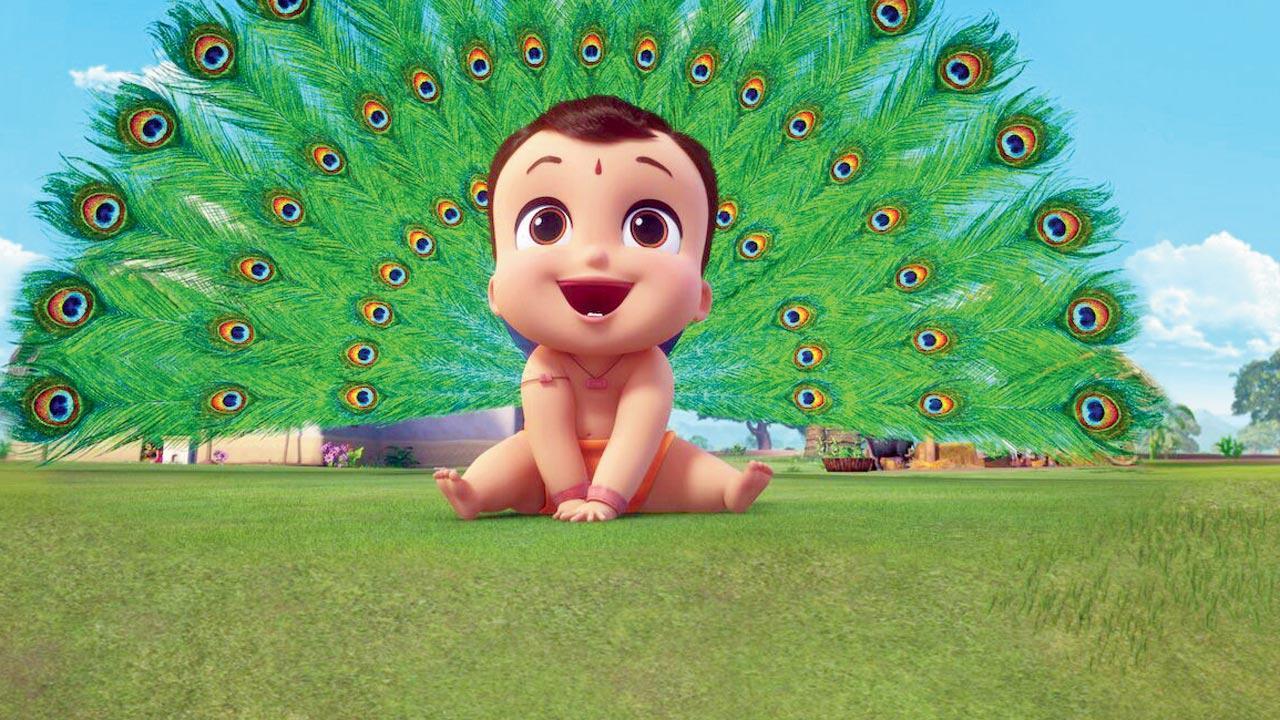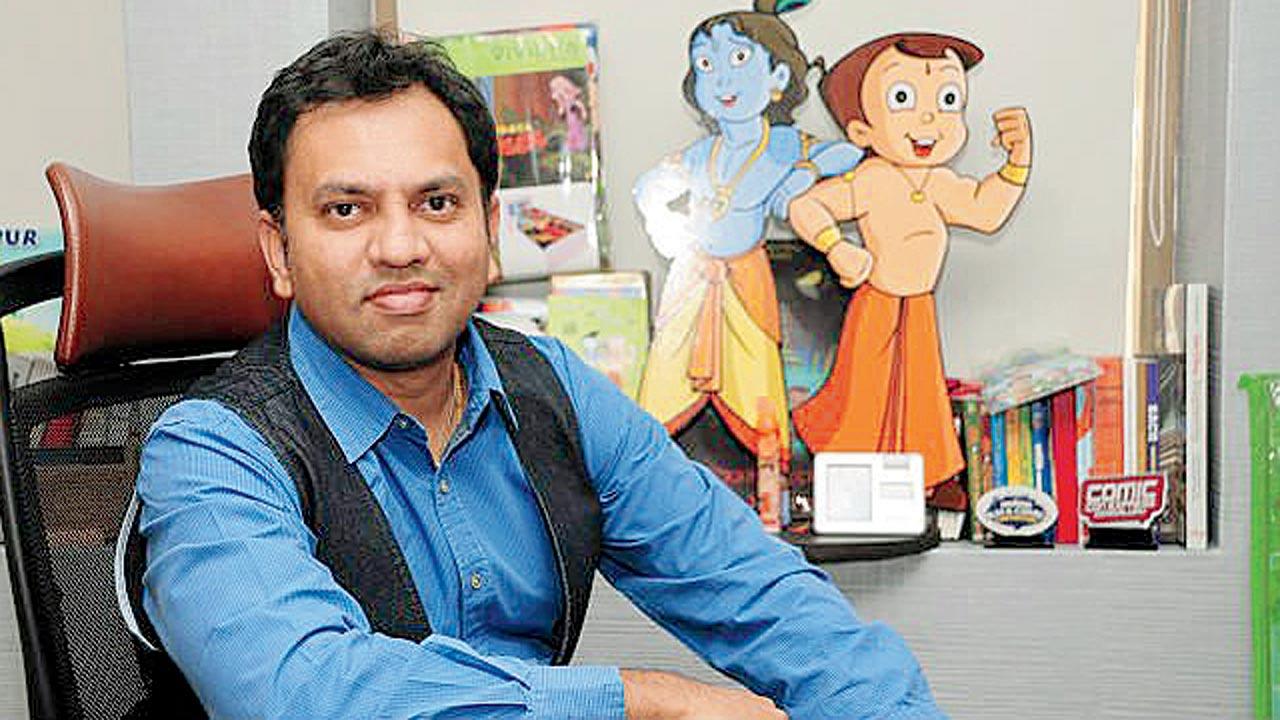A toddler spinoff of Chhota Bheem series from over a decade ago is wooing kids from Australia to America
8:39 AM
Posted by Fenil Seta

A toddler spinoff of the popular Chhota Bheem series from over a decade ago, is wooing kids from Australia to America
Aastha Atray Banan (MID-DAY; July 3, 2022)
If you click on the kids section on any streaming platform, get ready to enter a whole new world. Be it adventure or drama, children seem to have content created for them, which is at par with any mainstream Bollywood or Hollywood movie. When we took a shot at watching Mighty Little Bheem on Netflix, which is a spinoff of the superhit Chhota Bheem, which first premiered in 2008 on Pogo, we found ourselves lost in the story. It’s about Bheem and his friends protecting the rural town of Dholakpur, and is heartwarming and engaging.
The recently launched I Love Taj Mahal, where Bheem while on a trip to the monument of love, tries to help a little girl who is looking for her lost teddy bear, has become a hit with children in Latin America, Australia and New Zealand. The show has had the largest launch of any kids original and the animated series has crossed over a billion views on the channel’s YouTube.
As Netflix said, “The universality of Netflix shows emanates from the fact that they tell a very specific and authentic story incredibly well. Mighty Little Bheem is one such story that has been phenomenal across countries and cultures, giving children and families a window into India’s rich cultural landscape.”
In fact, the creators, Hyderabad-based Green Gold Animation, has become one of the largest toon companies, not just in India, but in the world. We spoke to Rajiv Chilaka, founder and managing director, Green Gold Animation Pvt Ltd, and the creator of the show, on why Bheem is so loved.
Edited excerpts from the interview.
Do you remember that first big idea, and the first story, for Bheem?
It all started with Chhota Bheem, which debuted in 2008 and went on to become India’s most popular IP, with a TV programme, films, and merchandising. However, it was never distributed outside of India. When Netflix first began streaming in India in 2016, we had the notion that Green Gold Animation should animate Mighty Little Bheem, Chhota Bheem’s preschool spin-off, which would be produced by both Netflix and Green Gold Animation. The first big idea struck me when my son was weeping nonstop at his first birthday celebration and refused to be photographed. However, once the cameraman placed a parrot beside him, he stopped sobbing and became intrigued. At the time, I thought how fantastic it would be to convey that narrative to a pre-school audience if Bheem was a baby.
How do you conceptualize the storylines that work across borders?
It is critical to raise awareness of India’s rich cultural legacy among younger audiences, and animation is possibly the most appealing and engaging way to do so. Chhota Bheem is India’s infant face and Mighty Little Bheem is the toddler version of it. The series shows a universal truth: the unconditional love of a mother and son which is fostered in every young Indian. Furthermore, every child is drawn to nature and animals. The “friendship” shown between the characters teaches youngsters the importance of bonding. This is a straightforward message to the youngsters about the importance of friendship in life. The primary point is that “good triumphs over evil”—a well-taught lesson to the children.
How did you take Bheem from Hyderabad to Hollywood?
Netflix recognized early on that India had a treasure trove of excellent stories ready to be told, with the country’s rich cultural heritage acting as a common thread. We met in 2016 to animate the younger version of Chhota Bheem and that’s when the journey started from Green Gold’s Hyderabad and Mumbai office. Everything about Bheem is Indian, from his mother’s saree to his love of laddoos. Addressing common issues offers cross-cultural appeal. All of this makes the curriculum an effective vehicle for introducing children to a broader worldview.
Where is Bheem going next?
Future plans include creating additional material centred on Indian culture, presenting multi-cultural, high-value tales to the public, and teaching children, teens, and the elderly through premium content around India.

Rajiv Chilaka
This entry was posted on October 4, 2009 at 12:14 pm, and is filed under
Chhota Bheem,
Green Gold Animation,
I Love Taj Mahal,
Interviews,
Mighty Little Bheem,
Netflix,
Rajiv Chilaka,
Rajiv Chilaka interview
. Follow any responses to this post through RSS. You can leave a response, or trackback from your own site.
Subscribe to:
Post Comments (Atom)
Post a Comment